Japanese cuisine is famous for its delicacy, balance, and creative use of ingredients that enhance the flavor of umami. This article explores some of the main ingredients used in Japanese cooking, which, besides being unique, reflect Japan's rich cultural and culinary heritage.
Table of Content
Japanese rice: the foundation of the diet
Rice is the heart of Japanese cuisine, being consumed daily and in various forms. The main variety, uruchimai, is a short-grain rice that, when cooked, acquires a slightly sticky texture, ideal for sushi, onigiri, and everyday dishes. On the other hand, mochigome is more glutinous and often used in sweets like mochi.
In Japan, rice transcends its role as a side dish, being the star of dishes like donburi (rice bowls with various toppings) and okayu (rice porridge). Its simple yet meticulous preparation reflects the Japanese appreciation for the quality and natural flavor of food.
Curiosities about rice:
- It is common to find regional varieties, such as the famous Koshihikari rice, known for its sweetness and aroma.
- Rice is often served at Japanese breakfast with miso soup and pickles.

Ingredients that define Japanese flavor
Below are some essential traditional ingredients from Japan:
Shoyu: the soy sauce
Shoyu, or soy sauce, is essential in Japanese cuisine. Its versatility allows it to be used in savory dishes, marinades, and even sweets. There are different types of shoyu, such as koikuchi (darker and stronger) and usukuchi (lighter and saltier), adapted to the needs of each dish.
In addition to seasoning, soy sauce enriches the flavor of soups, sauces, and even boiled eggs. It is one of the main sources of umami, the flavor that makes Japanese food so unique.
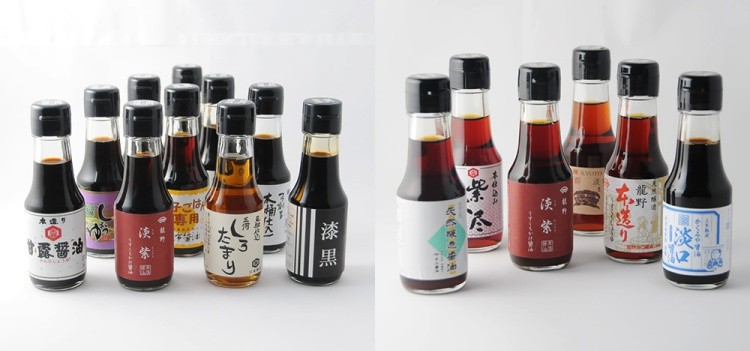
Dashi: the base broth
Dashi is the foundation of Japanese cuisine, serving as the base for soups, stews, and even grilled dishes. It is made with ingredients rich in umami, such as:
- Kombu: dried seaweed;
- Katsuobushi: flakes of dried and fermented bonito tuna;
- Mushrooms like dried shiitake.
The quick and simple preparation of dashi is an example of the Japanese philosophy of drawing out the maximum flavor from a few ingredients.
Miso: fermented tradition
Miso, a fermented soybean paste, is used to make the famous miso soup and season dishes. The varieties of miso, such as shiro miso (milder) and aka miso (stronger), offer different flavors that fit specific recipes. Besides being tasty, miso is nutritious, rich in probiotics, and a symbol of longevity in the Japanese diet.

Unique and unusual ingredients
Wasabi: the pungent seasoning
Wasabi is known for its spicy and fresh flavor. Originally used to accompany sashimi and sushi, wasabi also has antimicrobial properties, ideal for dishes with raw fish. Grown in specific conditions, true fresh wasabi is a luxury and quite different from the industrial versions.

Umeboshi: the sour contrast
A umeboshi, a fermented and salted plum, is often served as a side or filling for onigiri. Its sour and salty flavor excites the palate and is appreciated for its digestive properties.
Yuzu: the citrus touch
The yuzu, a Japanese citrus fruit, is used to add aroma and flavor to dishes and drinks. The juice and zest of yuzu are essential ingredients in sauces, desserts, and even in hot beverages like yuzu-cha.
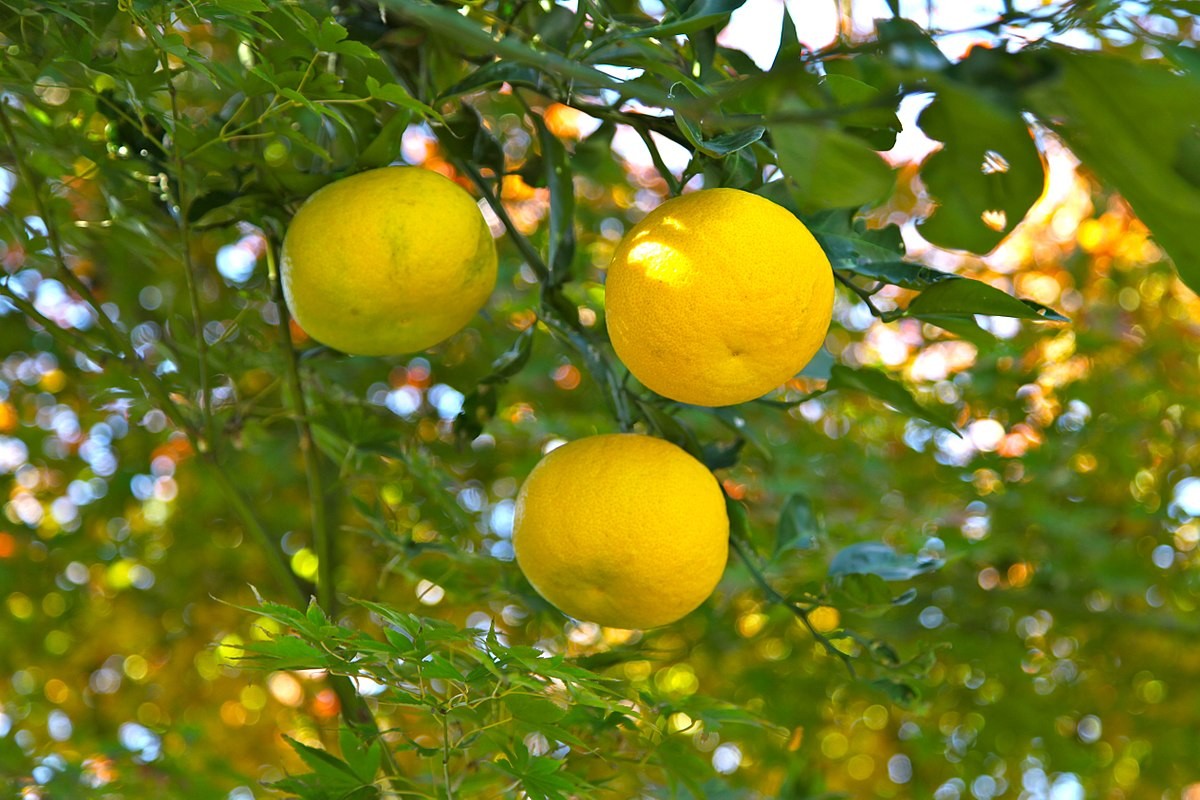
Additional ingredients of Japanese cuisine
In addition to those already mentioned, Japanese cuisine incorporates other unique ingredients that deserve attention. These items contribute to the complexity and balance that characterize the gastronomy of Japan.
Kinako: the toasted soybean flour
Kinako is a fine powder made from roasted soybeans, commonly used in Japanese desserts. It imparts a slightly sweet flavor and a nutty aroma. It is often sprinkled on mochis and used in sweets like warabi-mochi.
Benefits of kinako:
- Rich in plant proteins.
- Source of isoflavones, which help with hormonal health.
- Healthy alternative to add sweetness to desserts.
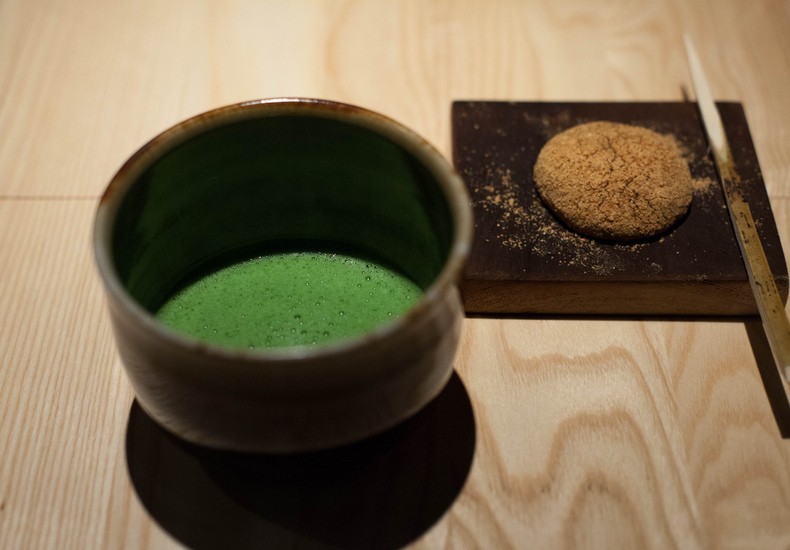
Panko: the crunchy breadcrumb flour
Panko is the Japanese version of breadcrumbs, but with a flaky and light texture. It is widely used in fried dishes such as tonkatsu (breaded pork loin) and ebi fry (breaded shrimp). Its main characteristic is the ability to create a crispy crust that doesn't absorb much oil.
Usage tips:
- Can be used as a substitute for traditional breadcrumbs.
- It is perfect for roasted dishes that need crunchiness without frying.

Daikon: the giant radish
The daikon is a large Japanese radish with a mild flavor and crispy texture. It is widely used both raw, in salads and side dishes, and cooked in soups and stews like oden. Its versatility allows it to be grated as a garnish for grilled dishes or served pickled.
Nutritional properties:
- Low in calories, ideal for diets.
- Rich in vitamin C and fiber, aiding digestion.
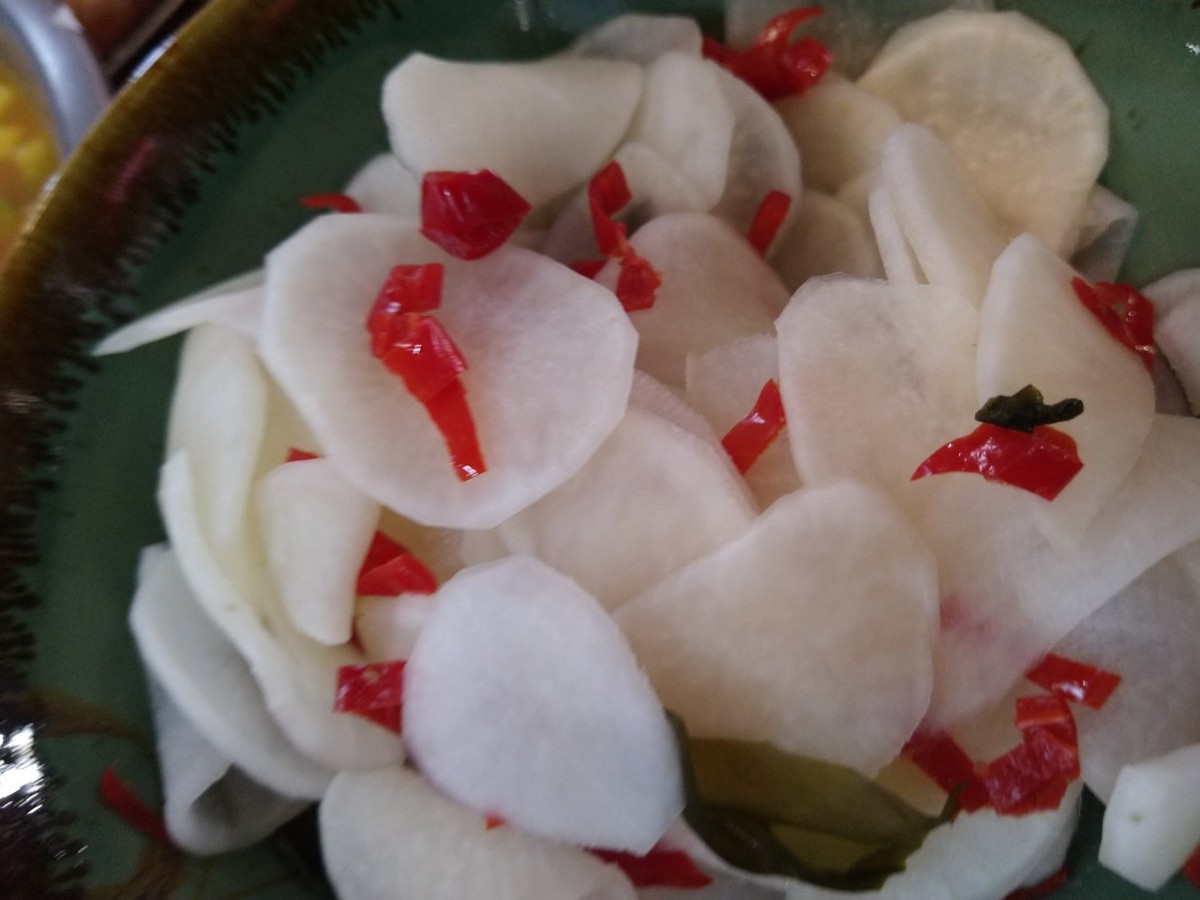
Anko: the sweet azuki bean paste
anko, a paste made from cooked and sweetened azuki beans, is a classic ingredient in Japanese sweets like dorayaki, taiyaki, and manju. There are two main versions: tsubuan, which is coarser, and koshian, with a smooth and refined texture.
Why is it special?
- Anko replaces refined sugar in many traditional sweets.
- Its unique flavor is balanced, offering a less cloying sweetness.
Kombu: an alga rich in umami
Kombu is a dried seaweed valued for its deep flavor and ability to enhance the umami of soups and stews. It is often used in the preparation of dashi, but it also appears in pickles and as an ingredient in onigiri.
Preparation tips:
- The kombu should be hydrated before use to release all its flavor.
- It can be consumed as a snack after cooking.
Negi: the Japanese leek
The negi is a type of leek widely used in Japan. Its mild flavor pairs perfectly with soups like ramen and udon, and it's also used as a garnish in grilled dishes and salads. It is one of the most commonly used vegetables in winter dishes, such as nabe (Japanese stew).
Umeboshi: the fermented plum
The umeboshi is not only a delicacy for its unique acidity and saltiness, but it is also used as a natural remedy in Japan, thanks to its digestive properties. It is consumed pure, in rice, or as part of meals to balance flavors.
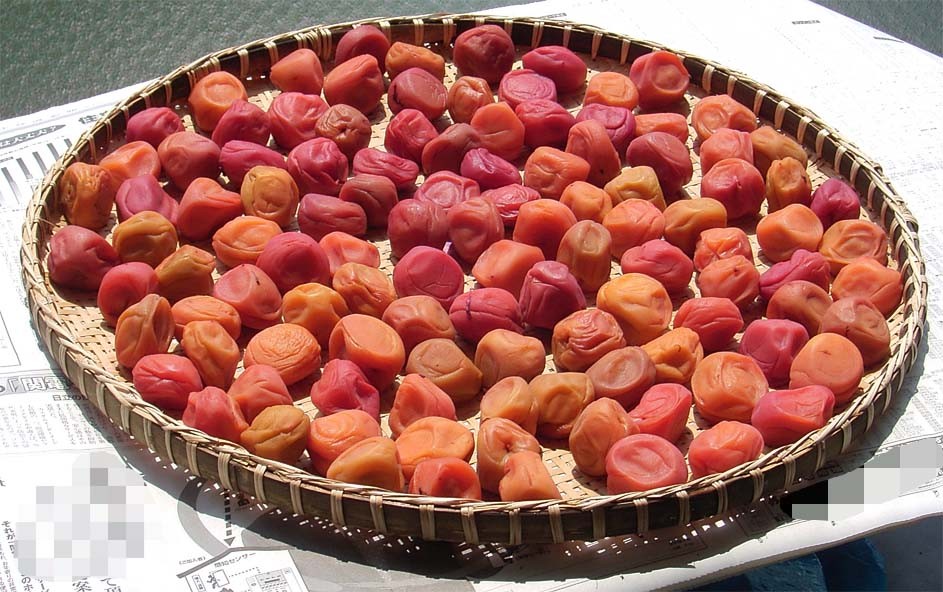
Less known ingredients worth exploring
Yuba: the tofu movie
Yuba is the layer that forms on the surface of heated soy milk. It is used in vegetarian dishes or as an ingredient in salads and soups. Its delicate flavor and soft texture are highly appreciated.
Aburaage: fried tofu
Aburaage is a thin layer of fried tofu, used to make inarizushi (sushi filled with rice) or added to soups like miso. Its texture absorbs flavors, making it ideal for stewed dishes.
Kurogoma: black sesame
The kurogoma (black sesame) is often used in sweets and savory dishes, giving a toasted flavor and an appealing appearance. It is turned into a paste or used as a topping.
Shiso: the aromatic leaf
Shiso is an herb with a refreshing and spicy flavor, used to wrap sushi, accompany sashimi, or be added to salads and sauces. It is a very versatile plant and rich in antioxidants.
